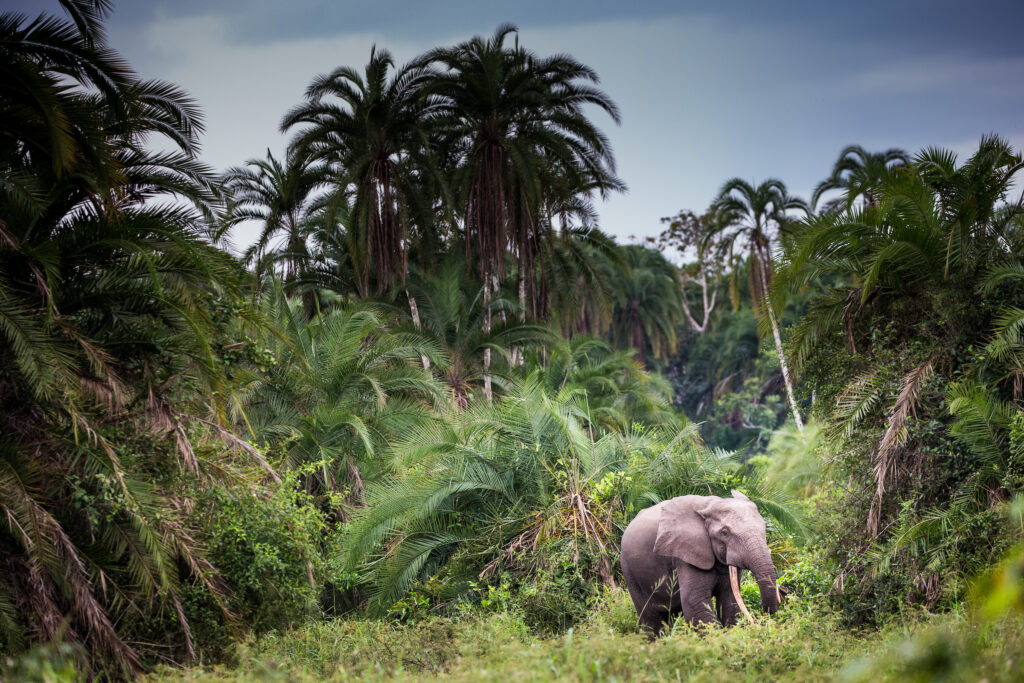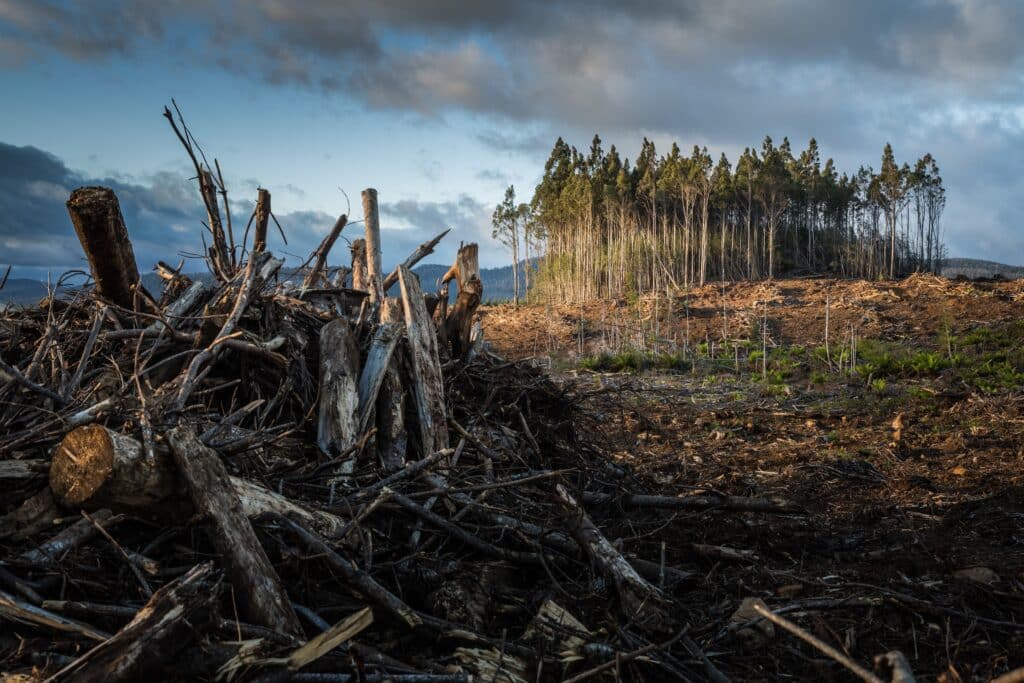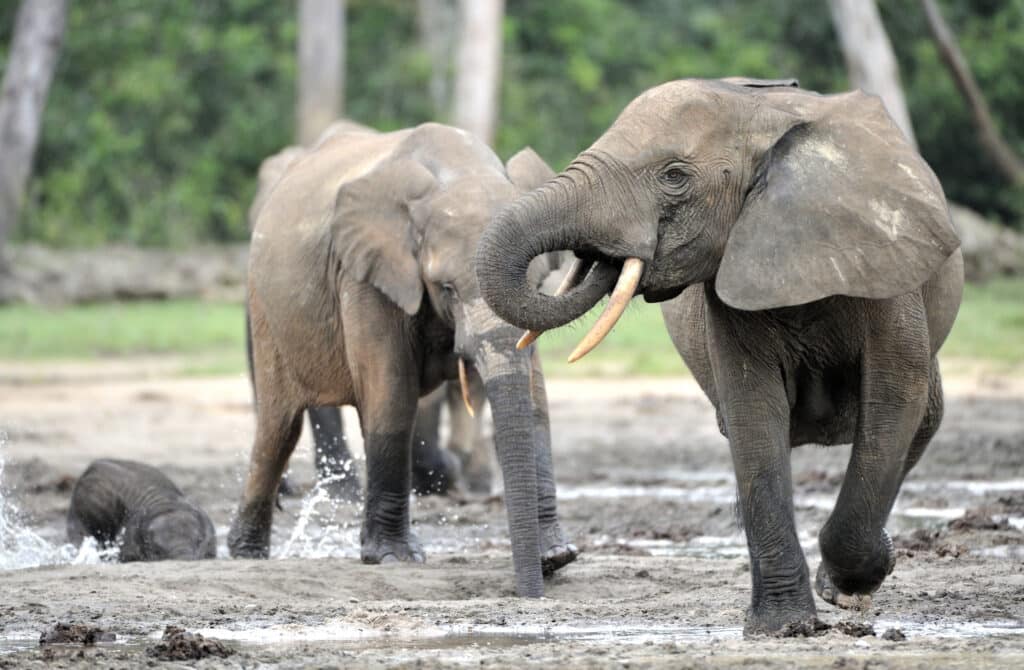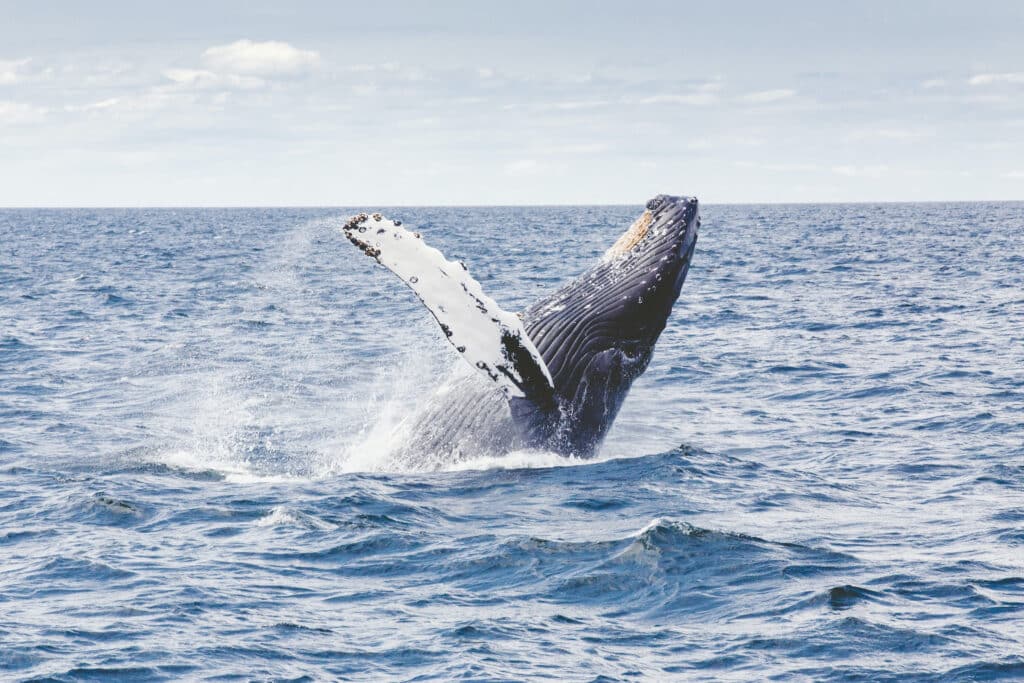Rising sea levels. Uncontrollable megafires. Warming global temperatures. We all know the headlines. The climate crisis is already being felt and will worsen if humanity’s ways remain unchanged. The means of halting severe global warming are still within our reach, but how can this be done in time?
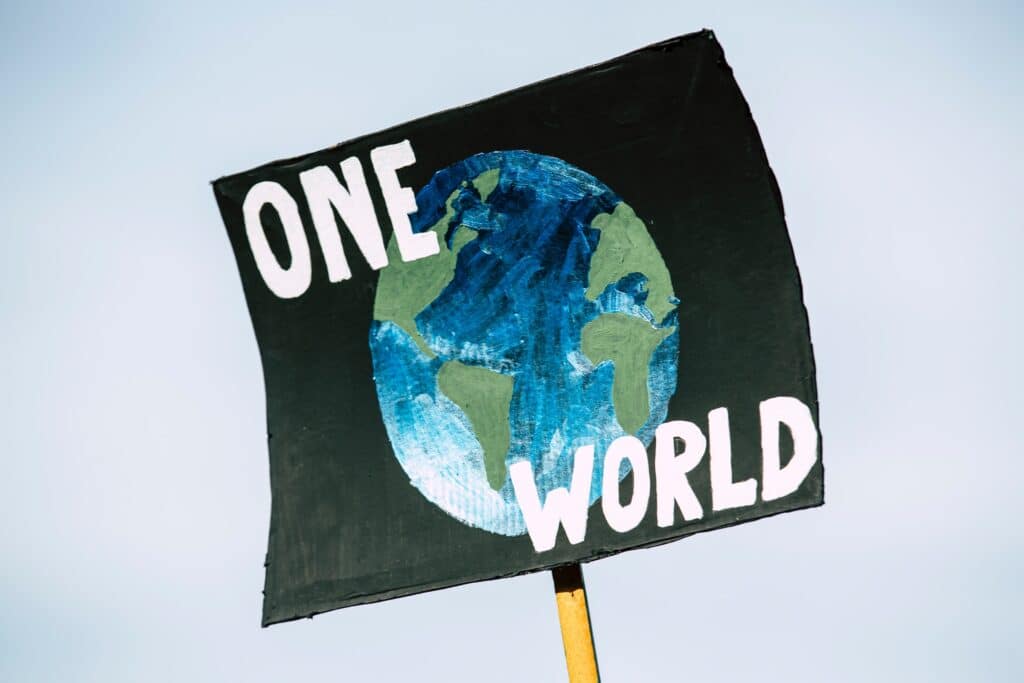
The UN Paris Agreement is designed to limit the global temperature increase to 1.5ºC above pre-industrial levels, and as of now, we are not on track to hit that target. But what if a solution to the climate crisis existed that could get us 95% of the way there? The answer lies in nature, specifically with wildlife.
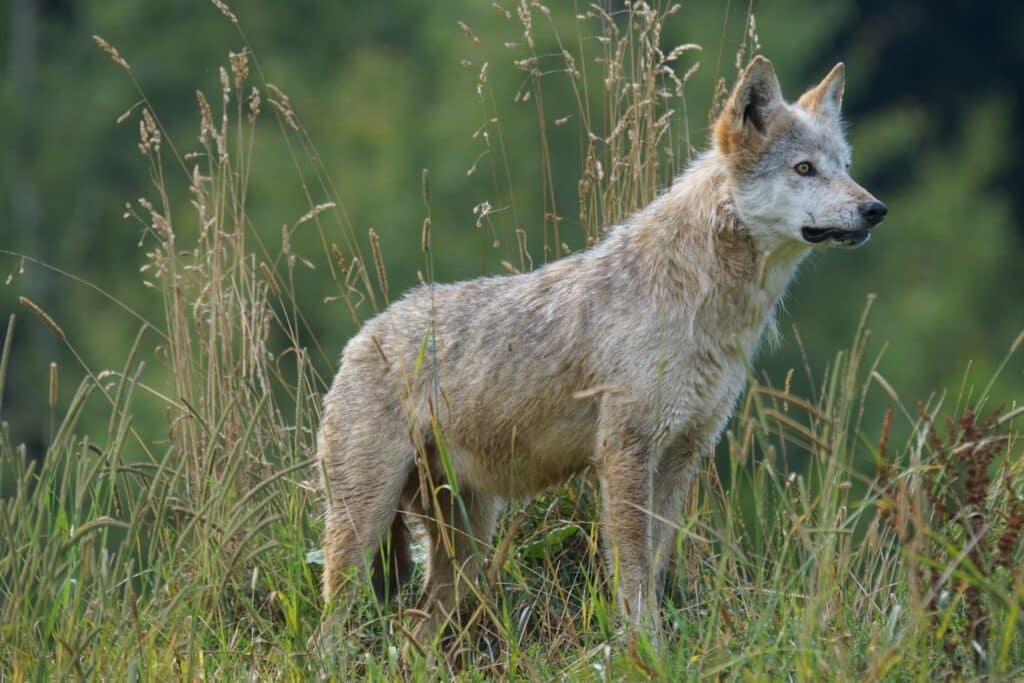
A recent study conducted by Yale University and co-authored by 15 international scientists examined nine terrestrial, freshwater, and marine wildlife species, including whales, sharks, sea otters, African forest elephants, and gray wolves. They found that conservation efforts to restore animal populations could significantly reduce the amount of carbon dioxide (CO2) released into the atmosphere. The study also found conclusive evidence that effective wildlife conservation initiatives can capture 6.41 billion tons of CO2 annually. Removing this amount of carbon would account for 95% of what is needed to keep global warming below 1.5ºC.
Research confirms that the climate and biodiversity crises are not separate issues, but interrelated. Prioritizing wildlife conservation and restoring habitats is essential to curbing climate change, as wildlife plays a vital role in the stewardship of landscapes and natural carbon storage. Likewise, the absence of wildlife disrupts the natural carbon cycle and hastens the release of CO2 into the atmosphere. It’s thus no surprise that the rise of global warming in recent years coincides with the significant loss of biodiversity around the world.
The fundamental cause of climate change is the excessive release of CO2 into the atmosphere, primarily through the burning of fossil fuels. The time has come to shed light on the other leading causes, now proven by science—the loss of wild landscapes and biodiversity.
Today, forests are obliterated at an alarming rate of more than 24 million acres per year, the equivalent of 27 soccer fields per minute. When those forests go, so too do the animals that dwell in them. In the last 50 years, the world’s wildlife populations have declined by nearly 70%. The Yale study found that this nosedive directly corresponds to the intensification of the climate crisis. As more habitats vanish and wildlife declines, more carbon is released, and the planet grows hotter.
Animals play a crucial role in the carbon cycle. From functioning as seed dispersers to landscapers, wildlife enhances the Earth’s ability to reflect solar radiation, clear away brush for wildfires, and aid in the growth of new vegetation to absorb CO2. One elephant alone can increase forest plant mass enough to absorb 10 billion tons of CO2. In the sea, whales are vital fertilizers of phytoplankton, which in turn capture more CO2 from the atmosphere than any other life form—an estimated 40 billion tons annually.
Restoring wildlife populations is the key to revitalizing ecosystems and slowing the continuous rise of global temperatures. The impact of wildlife conservation extends far beyond protecting Earth’s iconic animals—it is now a proven and essential cornerstone of solving the climate crisis and ensuring the health and future of our planet.



